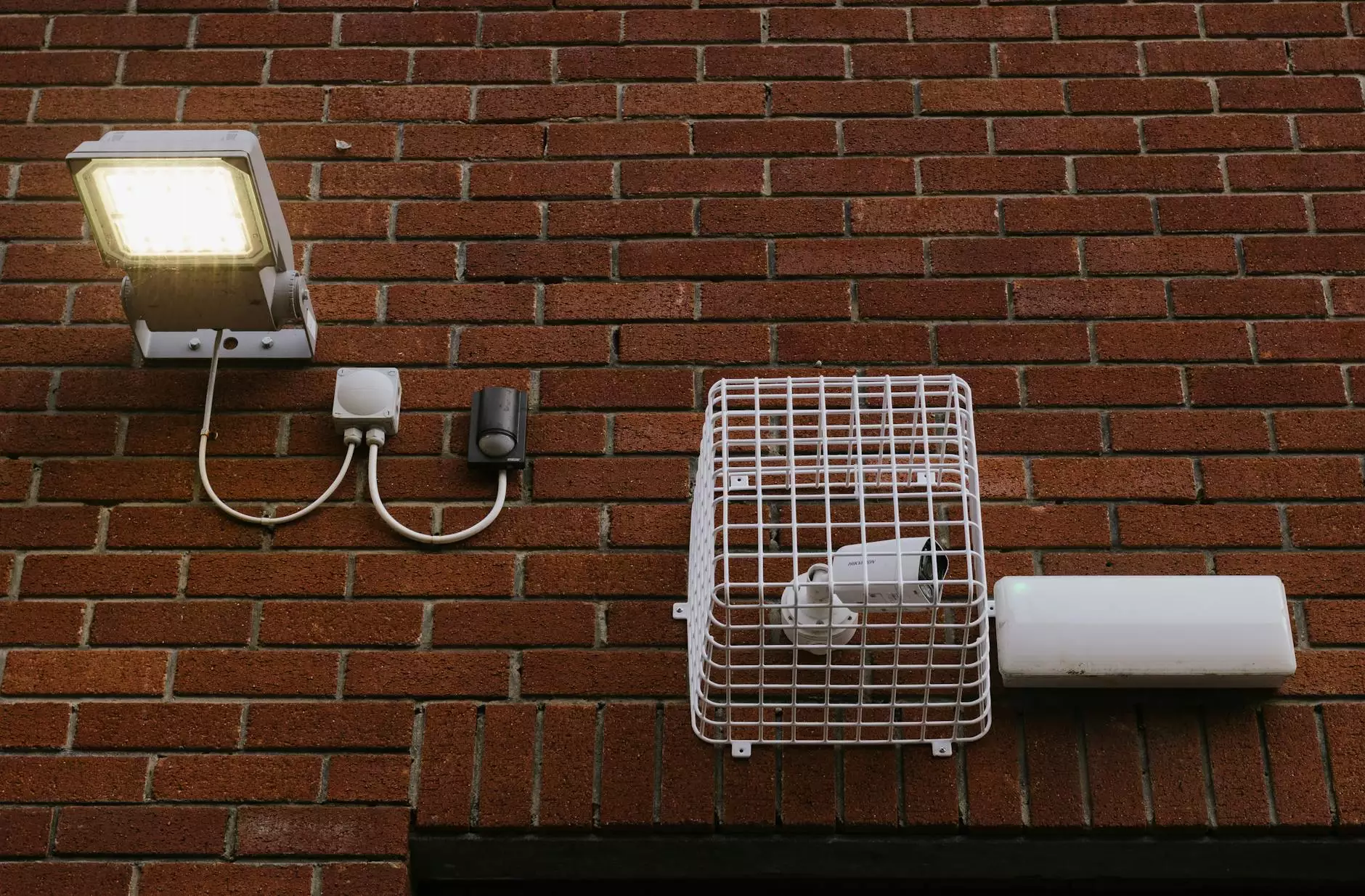Understanding Fibroid Removal in NY: A Comprehensive Guide

Fibroids, also known as uterine leiomyomas or myomas, are non-cancerous growths that develop in or on the uterus. They are a common condition that affects many women, particularly during their reproductive years. While fibroids can often be asymptomatic, many women experience discomfort, heavy menstrual bleeding, or complications that necessitate fibroid removal. In this article, we will explore the various options for fibroid removal in NY, the benefits and risks associated with these procedures, and expert insights on managing fibroids effectively.
What Are Uterine Fibroids?
Uterine fibroids are muscular tumors that can vary in size, shape, and location within the uterus. While the exact cause of fibroids remains unclear, several risk factors have been identified, including:
- Age: Fibroids are most commonly diagnosed in women aged 30 to 40.
- Genetics: A family history of fibroids may increase risk.
- Hormones: Estrogen and progesterone may stimulate fibroid growth.
- Obesity: Excess body weight is associated with a higher risk of fibroids.
Symptoms of Uterine Fibroids
While some women may not experience any symptoms, others may suffer from a variety of issues, including:
- Heavy Menstrual Bleeding: A common symptom that can lead to anemia.
- Pelvic Pain or Pressure: Fibroids can cause discomfort or pain, particularly during menstruation.
- Frequent Urination: Larger fibroids can pressure the bladder.
- Difficulty Emptying the Bladder: This can happen if the fibroids press on the bladder.
- Complications During Pregnancy: In some cases, fibroids can affect pregnancy outcomes.
Diagnosis of Fibroids
Diagnosing fibroids typically involves a combination of medical history review, physical examination, and imaging tests. Common diagnostic methods include:
- Pelvic Ultrasound: This imaging test uses sound waves to create images of the uterus and detect fibroids.
- MRI: Magnetic Resonance Imaging is used for a more detailed visualization of fibroids.
- Hysterosalpingography (HSG): An X-ray used to look at the uterus and fallopian tubes.
Treatment Options for Fibroids in NY
When it comes to treating fibroids, the approach largely depends on the severity of symptoms, the size and location of the fibroids, and the patient’s desire for future pregnancies. Here are the main treatment options available:
1. Medications
For women who experience mild symptoms, medications may be sufficient. These can include:
- Hormonal Therapies: Birth control pills can help regulate heavy bleeding.
- GnRH Agonists: These can shrink fibroids by lowering estrogen levels.
2. Non-Surgical Procedures
For those seeking alternatives to surgery, non-invasive procedures are available:
- Uterine Artery Embolization (UAE): This minimally invasive procedure cuts off blood supply to the fibroids, causing them to shrink.
- MR-guided Focused Ultrasound Surgery (FUS): A non-invasive technique that uses ultrasound energy to destroy fibroid tissue.
3. Surgical Options
If symptoms are severe or other treatments are ineffective, surgical options may be recommended, including:
- Myomectomy: This surgery involves removing the fibroids while preserving the uterus, making it a popular choice for women who wish to retain their ability to become pregnant.
- Hysterectomy: This surgical procedure involves removing the entire uterus and is considered for women who no longer wish to have children or who have severe symptoms.
The Fibroid Removal Process in NY
When considering fibroid removal in NY, it is crucial to have a detailed consultation with a qualified specialist. At Dr. Seckin’s clinic, our approach includes:
- Comprehensive Evaluation: Understanding the patient's symptoms and overall health.
- Personalized Treatment Plans: Tailored strategies based on the individual’s needs.
- Assurance of Safety and Comfort: Ensuring all procedures are performed with the utmost care in a safe environment.
Recovery After Fibroid Removal
Postoperative recovery can vary significantly based on the type of procedure performed. Generally, patients can expect the following:
- Rest and Recovery: Minimal invasive methods may require only a few days of recovery, while major surgeries may need a few weeks.
- Pain Management: Over-the-counter medications or prescriptions may be given to manage discomfort.
- Follow-Up Care: Regular check-ups to monitor healing and address any complications.
Long-Term Outlook and Management
Many women experience significant relief from symptoms following treatment. It's essential to engage in healthy lifestyle choices to improve overall well-being and potentially reduce the risk of future fibroids. Here are some strategies for long-term management:
- Regular Exercise: Maintaining a healthy weight can help manage fibroid growth.
- Balanced Diet: Incorporate fruits, vegetables, and whole grains while minimizing red meat and processed foods.
- Medical Monitoring: Regular check-ups with a gynecologist to monitor uterine health.
Conclusion
Understanding the implications and treatment options for fibroids is essential for women suffering from this common condition. With advancements in medical technology and the expertise available in NY, such as at Dr. Seckin’s clinic, women now have access to effective solutions for fibroid removal. From non-invasive options to surgical interventions, patients can choose the approach that best suits their health needs and life goals.
It's crucial to communicate openly with healthcare providers about concerns and expectations, ensuring that every woman can make informed decisions about her health. For anyone considering fibroid removal in NY, taking the first step towards consultation could be the key to a symptom-free future.
fibroid removal ny







